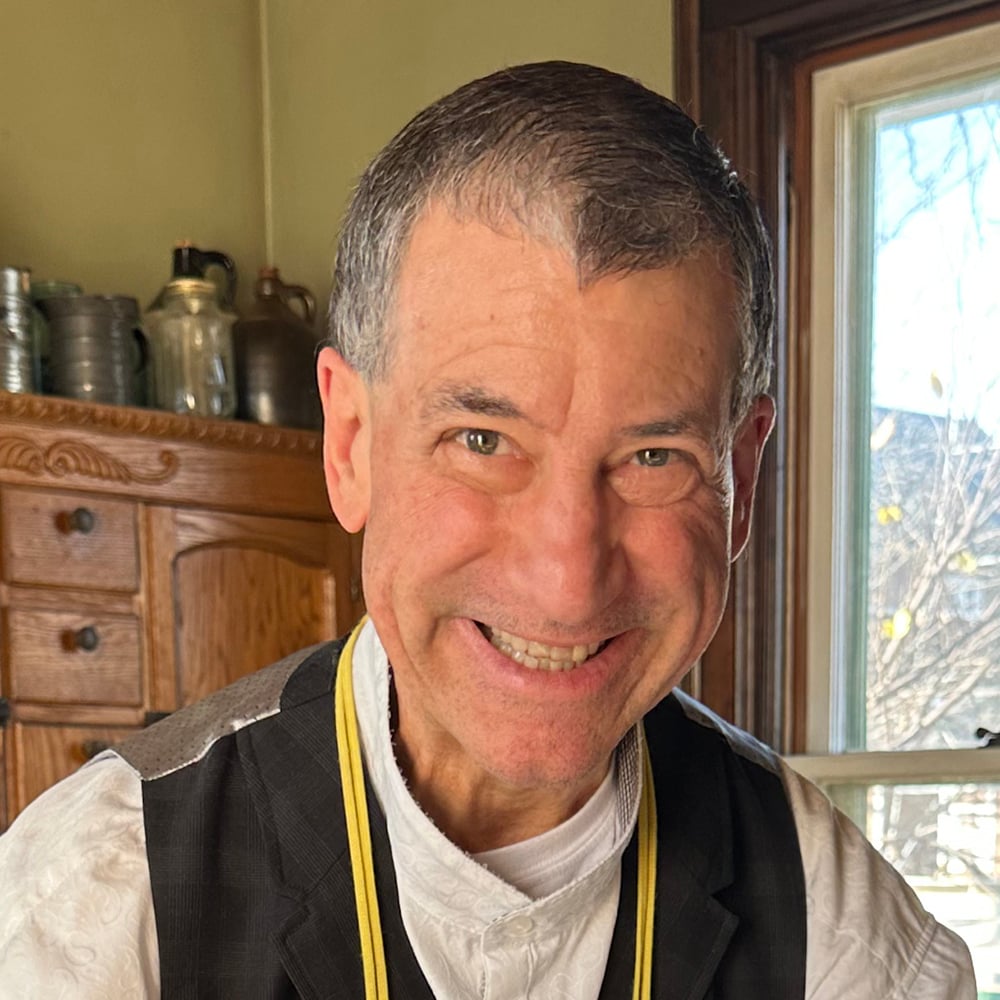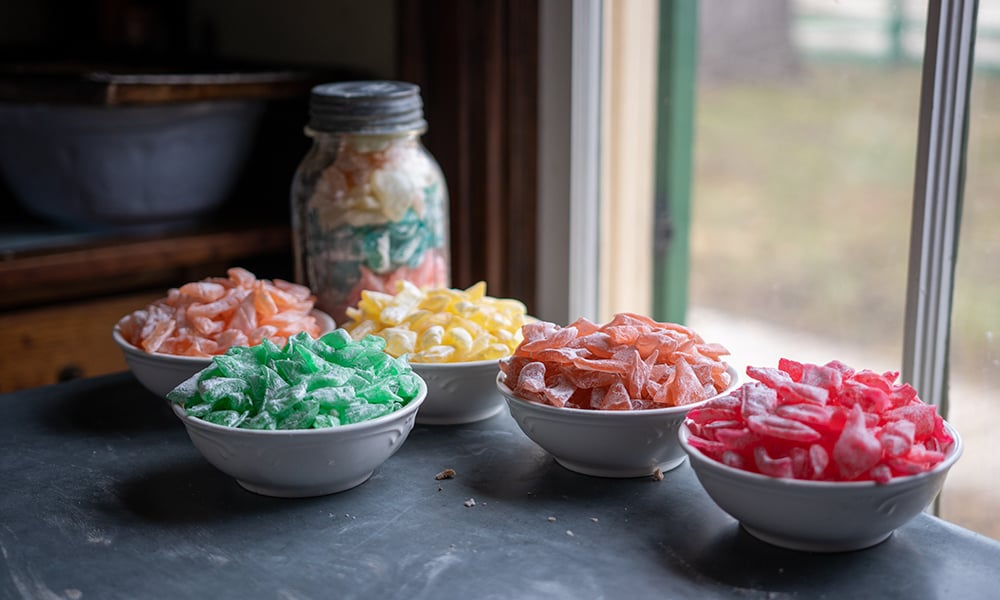
Candy confections were a sweet part of historic holiday farm life. In 1895, both the Sears and Roebuck Co. and Montgomery Ward Co. catalogs had candy departments where families could purchase supplies to make their heirloom candy recipes. The catalogs offered over 30 different flavors of oil alone.
The 1886 American Girl’s Handbook, the Wheaton Cookbook, the 1887 White House Cookbook, and the 1896 Boston Cooking School Cook Book all contained chapters on sweet confections. Many families had their own unique candy recipes, too.
At the time, sugar, pans, thermometers, flavors, and other candy making materials could also be purchased at local merchants in Glen Ellyn, Wheaton, and Turner’s Junction (now West Chicago).
Candy is defined as a sweet confection that features sugar as the principal ingredient. It's characterized as a small, sweet snack between meals, often eaten with the fingers. The English word “candy” comes from the Old French term "sucre candi," which was derived from the Arabic words "sukkar" for sugar and "quandi" for candy.
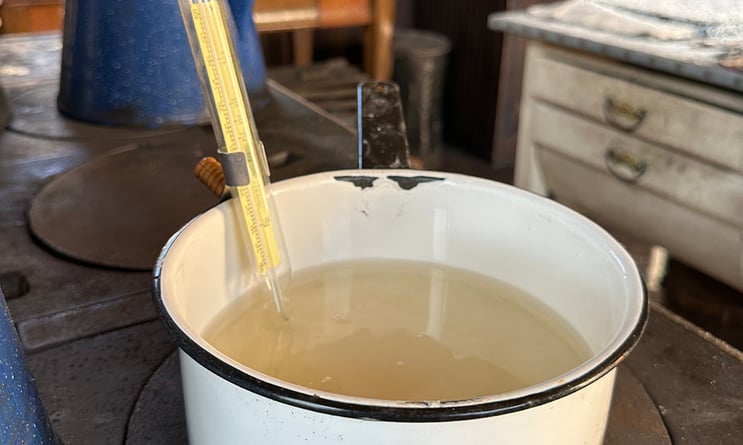
Prior to the Industrial Revolution in Great Britain, candy was considered medicine for the wealthy. The sweet taste of sugar was combined with spices and herbs thought to cure ailments, including cloves, ginger, aniseed, sage, peppermint, pine kernels, juniper berries, and horehound leaves. In 1780s America, early colonists made simple candies using maple syrup, honey, and molasses.
In 1850s America, as the Industrial Revolution advanced across the United States and sugar became less expensive and more readily available, American confectioners opened penny candy stores to the children of the working class. Children could purchase almost a pound of candy for a penny. This candy was meant to be shared with others. The concept's instant popularity not only created hundreds of new candy merchants but also popularized candy types like candy corn; candy canes; butterscotch; cherry drops; and crystallized sugar, or rock candy. Lollipops, which were invented in 1874, remain popular with children today.
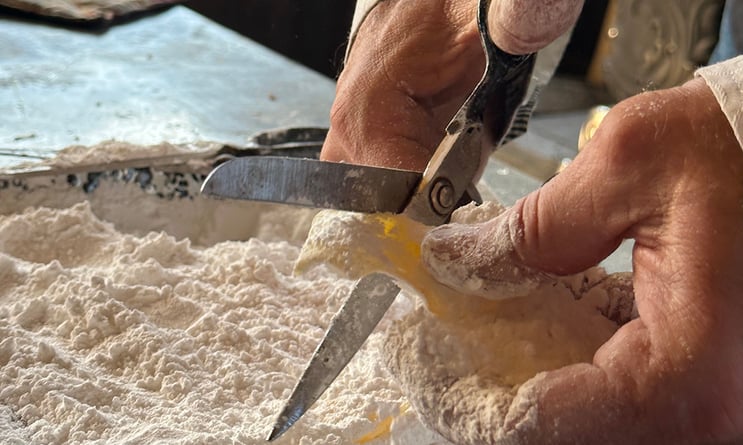
The process of boiling sugar and water together to high temperatures to create candy is chemistry. The temperature determines whether the candy is the consistency of gum drops, taffy, or hard candy. Temperature also determines the candy's color, flavor, and when it can be shaped or placed on a stick.
Join us at Kline Creek Farm on Nov. 26 and 27 from 11 a.m. to 3 p.m. for "1890s Holiday Candy Making." Enjoy the smells of an 1890s historic farmhouse come to life while learning how to make hard candy confections with an heirloom recipe on a wood-burning stove. And make a connection between nature and candy as oils distilled from the farm's garden plants and syrup derived from corn come together to make colorful candy confections. This all ages program is free and does not require registration.
If you aren't able to join us, here's the recipe we use to help get you in the holiday spirit!
Hard Candy
(makes 1 batch of 1 flavor)
2 C sugar
1 C water
3/4 C white corn syrup
Food coloring
1 tsp. of flavored oil
Powdered sugar
Stir together sugar, corn syrup, and water in heavy (fairly large) saucepan. Cook over medium heat (not real hot) to 295° (use a candy thermometer). Remove from heat and add 1 tsp. of oil flavoring and appropriate food coloring. Beat few minutes with spoon. Pour onto well-buttered cookie sheet with lip. Then pour slowly onto another cookie sheet that has been coated with powdered sugar. Spread it out as you pour. Sprinkle a little more powdered sugar on top. Cool slightly. Start cutting with scissors from edge to center. (It hardens quickly so it helps if 2 or 3 people cut at the same time.)
Do not make a double batch — it burns. Do not let moisture come in contact with hot mixture. Have 3 or 4 batches cooking at one time.
| Flavors | Colors |
| Wintergreen | Green |
| Orange | Orange |
| Cinnamon | Red |
| Peppermint | Clear |
| Anise | Black |
| Spearmint | Blue (turns green from the syrup) |
| Berry | Red |
| Lemon | Yellow |
| Sassafras | Brown |
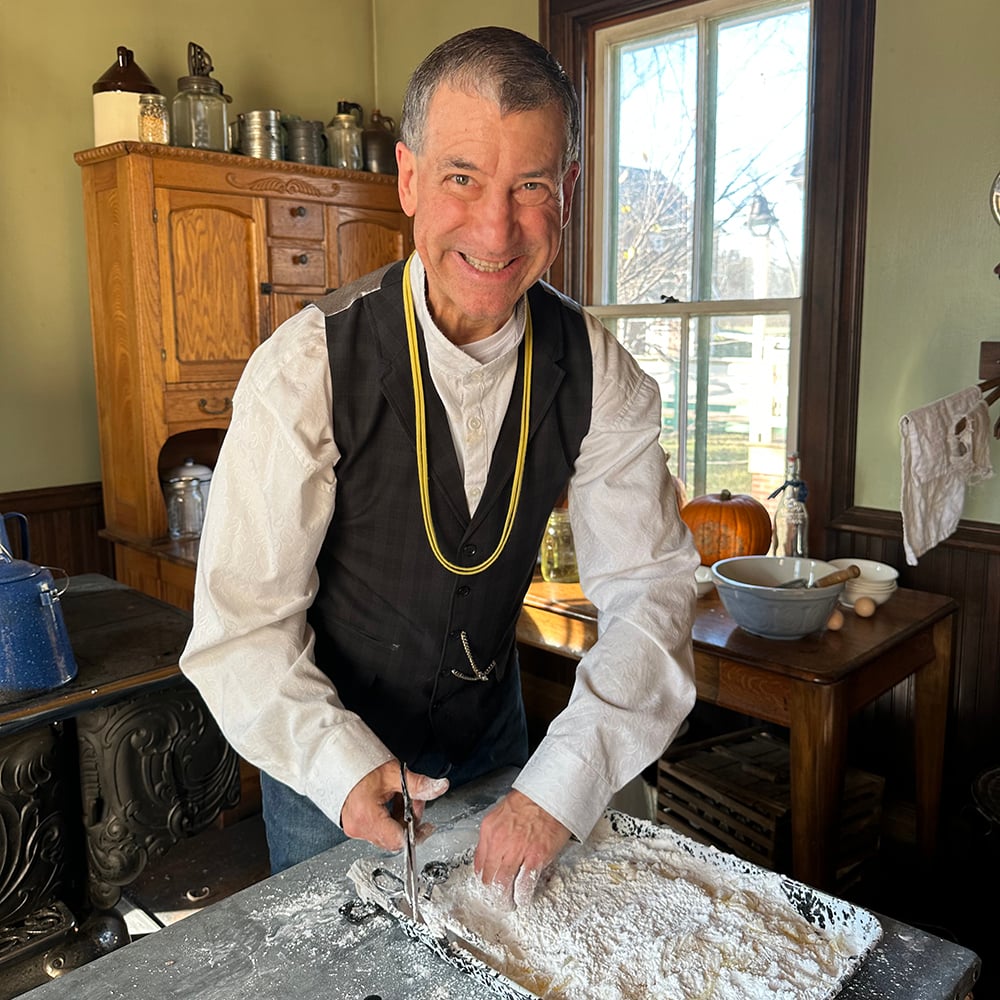
Wayne Hill
